Cleaning a refinished bathtub requires special care to maintain its glossy appearance and avoid damaging the surface. Unlike standard tubs, refinished tubs have a coating that can be sensitive to harsh chemicals and abrasive cleaning tools. This guide will take you step by step through the process of how to clean refinished bathtub, helping you achieve a safe and professional result.

The Difference Between a Refinished Tub and a Regular Tub
A refinished tub differs from a regular bathtub primarily in the surface material and durability. Regular bathtubs are typically made from materials such as porcelain, acrylic, or fiberglass, which are designed to withstand years of use and cleaning. Over time, however, these surfaces can become chipped, stained, or worn. A refinished tub, on the other hand, has undergone a restoration process where a new coating is applied to refresh its appearance and extend its lifespan.
While refinished tubs look like new, the coating is more delicate than the original material, requiring gentler cleaning methods and additional care to prevent peeling or scratching. Understanding these differences is key to properly maintaining your refinished tub.
Why Special Care Is Needed for Refinished Tubs
Refinished tubs require special care because their surface coating is not as durable as the original materials used in standard tubs. The refinishing process involves applying a thin layer of specialized coating, which can be more prone to scratches, chips, and chemical damage. Harsh cleaning tools like abrasive sponges or steel wool can quickly wear down the finish, while strong chemical cleaners can cause discoloration or peeling.
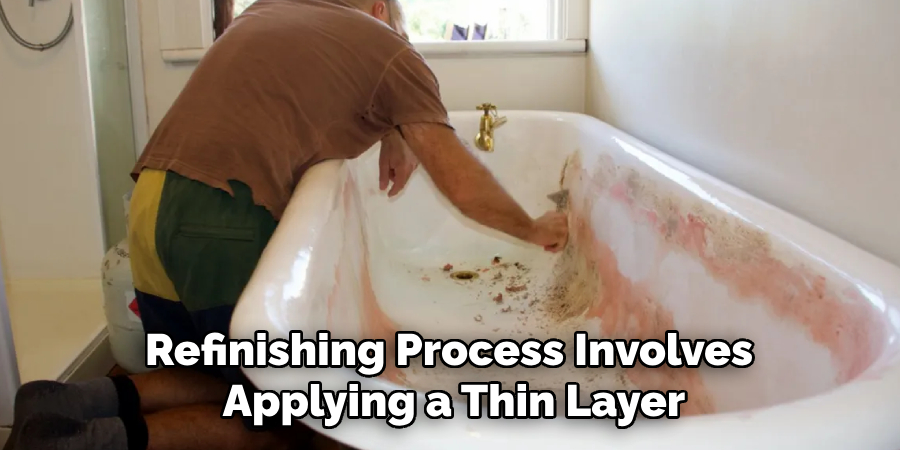
Additionally, the refinished surface can be sensitive to standing water or soap buildup, which may lead to stains or damage over time. Taking gentle precautions during cleaning and daily use ensures the longevity and aesthetic appeal of the refinished tub, saving you from costly repairs or the need for re-refinishing.
Common Damages from Harsh Chemicals
Using harsh chemicals on a refinished bathtub can result in a variety of damages that compromise its appearance and durability. One of the most common outcomes is discoloration, where the surface loses its glossy finish and becomes stained or dull. Additionally, strong chemicals can weaken the coating, causing it to peel or blister, which exposes the underlying surface and creates an uneven texture. Over time, repeated use of abrasive or acidic cleaners may lead to the development of fine cracks or scratches that accumulate dirt and soap residue, making the tub more difficult to clean.
Such damages not only affect the cosmetic appeal of the bathtub but also reduce its lifespan, necessitating costly repairs or another round of refinishing. This is why it is crucial to avoid harsh chemicals and opt for gentler cleaning solutions specifically designed for refinished surfaces.
10 Methods How to Clean Refinished Bathtub
1. Use a Mild, Non-Abrasive Cleaner
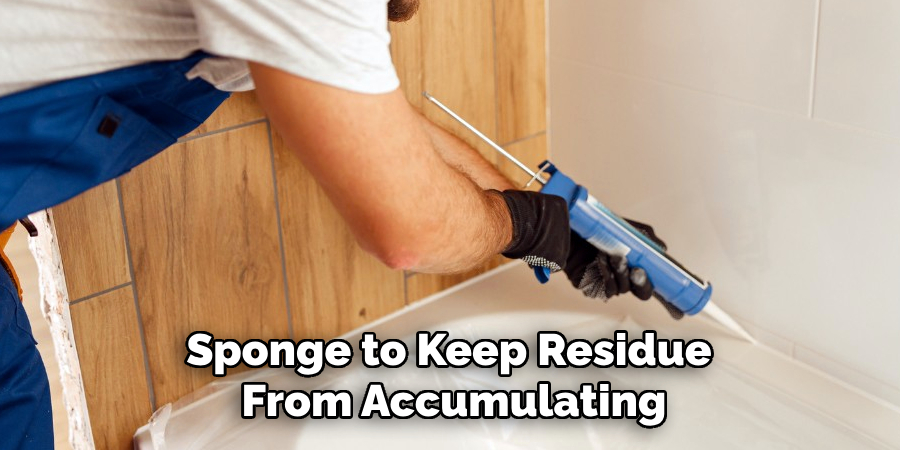
Avoid harsh chemicals and choose a mild, non-abrasive cleaner designed for delicate surfaces. Dish soap mixed with warm water works well to remove everyday dirt and grime without damaging the finish. Apply the cleaner with a soft sponge or microfiber cloth to prevent scratches.
2. Clean Regularly to Prevent Buildup
Regular cleaning helps prevent soap scum and mineral buildup. Wipe down the tub after each use with a damp cloth or sponge to keep residue from accumulating. A weekly deep cleaning with a mild cleaner will help maintain the bathtub’s glossy finish.
3. Use White Vinegar for Stain Removal
For stubborn stains, white vinegar is a natural and safe option. Mix equal parts vinegar and water in a spray bottle, apply to the stained area, and let it sit for 15 minutes. Wipe away with a soft cloth and rinse thoroughly to remove any vinegar residue.
4. Baking Soda for Gentle Scrubbing
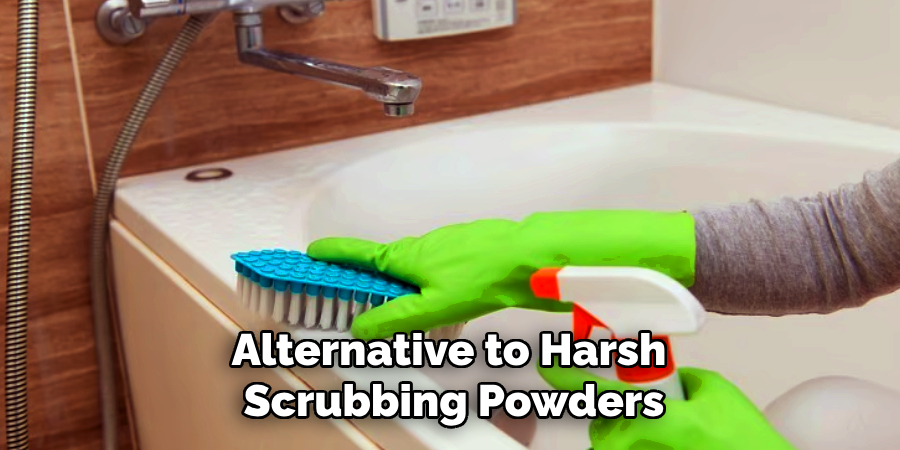
Baking soda is a non-abrasive alternative to harsh scrubbing powders. Sprinkle a small amount onto a damp sponge and gently rub the stained or soiled areas. Rinse thoroughly to avoid leaving any powdery residue that could dull the finish.
5. Avoid Harsh Chemicals and Bleach
Bleach, ammonia, and other harsh chemicals can weaken the refinished surface over time. These chemicals may cause discoloration, peeling, or premature wear. Instead, use gentle, non-toxic cleaners specifically designed for refinished bathtubs.
6. Use a Soft Sponge or Microfiber Cloth
Abrasive scrubbers, steel wool, or stiff brushes can scratch and dull the bathtub’s finish. Always use a soft sponge or microfiber cloth to clean the surface gently while effectively removing dirt and stains.
7. Rinse Thoroughly After Cleaning
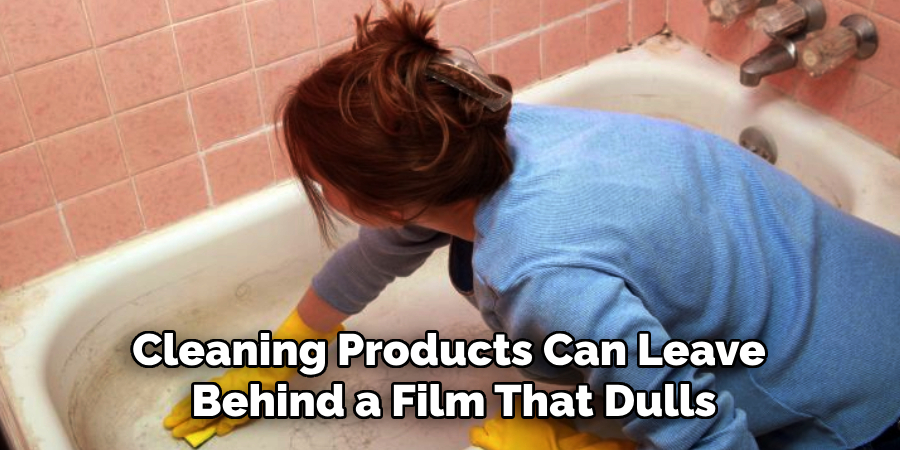
Residual cleaning products can leave behind a film that dulls the surface or makes it slippery. After cleaning, rinse the tub thoroughly with warm water to remove all traces of soap, cleaner, or natural cleaning agents like vinegar and baking soda.
8. Dry the Tub After Each Use
Standing water and moisture can lead to mineral buildup, mold, or mildew. After each use, wipe the tub dry with a soft towel or microfiber cloth. This simple habit can significantly extend the life of the refinished surface.
9. Apply a Protective Wax Coating
A light application of car wax or a tub-specific protective coating can help maintain the tub’s shine and repel water. Apply a thin layer, buff gently with a clean cloth, and allow it to dry completely. This creates a barrier that reduces soap scum and stains.
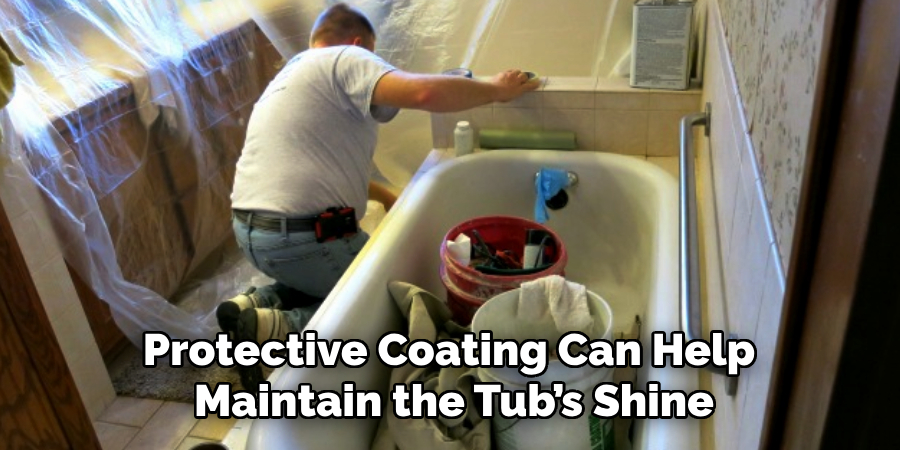
10. Avoid Bath Mats with Suction Cups
Bath mats with suction cups can trap moisture and cause damage to the refinished surface. Instead, use a non-slip bath mat designed for refinished tubs or install anti-slip adhesive strips for safety without harming the finish.
Troubleshooting Common Issues
Even with proper care, refinished bathtubs can sometimes develop issues. Here’s how to troubleshoot and address the most common problems:
1. Peeling or Chipping Coating
If you notice areas where the coating is peeling or chipping, it may be due to accidental damage or exposure to harsh chemicals. Small chips can be repaired using a refinishing repair kit, which typically includes a matching coating material. For larger areas, it’s best to consult a professional refinisher to ensure a seamless repair.
2. Stubborn Stains or Discoloration
Persistent stains may occur due to hard water, soap scum, or improper cleaning products. Use a solution of equal parts white vinegar and water, letting it sit for at least 15 minutes before wiping. Avoid scrubbing too hard, as this can further damage the surface.
3. Scratches on the Surface
Minor scratches can dull the tub’s appearance. Gently buff the scratched area with a non-abrasive polishing compound designed for delicate surfaces. Be cautious to avoid worsening the damage and consult a professional for deeper scratches.
4. Mold or Mildew Growth
If mold or mildew forms due to standing water or excessive moisture, clean the area with a mix of water and mild dish soap. Afterward, ensure the tub is thoroughly rinsed and dried to prevent recurrence. Improving ventilation in the bathroom can also help minimize moisture.
5. Loss of Glossy Finish
Over time, the refinished surface may lose its shine. Applying a protective wax or a tub-specific polish can restore its glossy appearance. Be sure to follow the product instructions carefully to avoid buildup or streaking.
6. Bubbling Coating
Bubbling typically results from improper application of the refinishing coating or prolonged exposure to heat and water. Stop using the tub immediately and consult a refinishing professional to assess and resolve the issue properly.
By addressing minor issues promptly and maintaining good cleaning habits, you can prolong the life of your refinished bathtub and keep it looking like new for years to come.
Common Mistakes to Avoid
Proper care of a refinished bathtub requires attention to detail and avoiding certain common pitfalls. Here are some mistakes to steer clear of:
1. Using Abrasive Cleaning Tools
Avoid using abrasive scrubbers, steel wool, or stiff brushes, as these can scratch and dull the refinished surface. Stick to soft sponges or microfiber cloths to clean your tub effectively without causing damage.
2. Applying Harsh Chemicals
Harsh chemicals like bleach, ammonia, or drain cleaners can erode the finish and reduce the tub’s lifespan. Always use non-toxic, gentle cleaners specifically formulated for refinished bathtubs.
3. Leaving Standing Water
Standing water can lead to mineral deposits, mold, and mildew, which are not only unsightly but can also degrade the refinished surface. Always dry the tub thoroughly after each use.
4. Skipping Regular Cleanings
Neglecting to clean your tub regularly can result in the buildup of soap scum, hard water stains, and grime. Frequent light cleanings prevent these issues and make maintenance much easier over time.
5. Placing Heavy Objects in the Tub
Avoid setting heavy or sharp objects directly in the bathtub, as they can cause dents, chips, and scratches in the coating. Use caution when placing items like shower caddies, buckets, or tools.
6. Ignoring Manufacturer Instructions
Always follow the care instructions provided by the refinishing professional or manufacturer. Misusing certain products or skipping recommended maintenance steps could void the warranty or damage the finish.
Conclusion
Cleaning a refinished bathtub requires gentle yet effective techniques to maintain its beauty and durability. By following these ten methods, homeowners can preserve their tub’s finish and enjoy a spotless, glossy bathtub for years to come. So, there you have it – a quick and easy guide on how to clean refinished bathtub.

